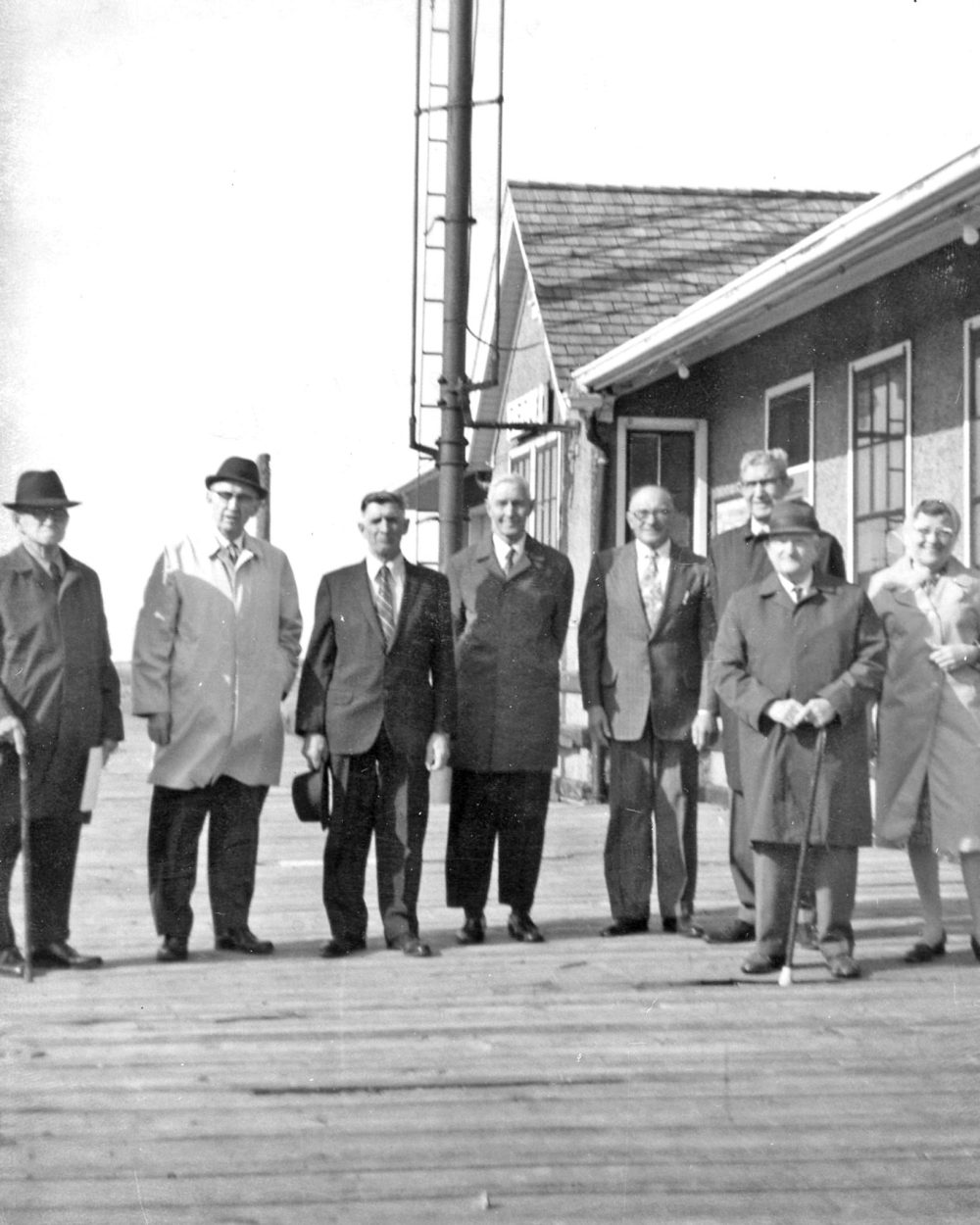COLUMN: Carillon Flashback, October 24, 1973 – Reunion at Giroux celebrates 1923 Mennonite immigration
Advertisement
Hey there, time traveller!
This article was published 14/08/2023 (725 days ago), so information in it may no longer be current.
A spirit of nostalgia and gratitude, to God and to those Canadian Mennonite families who took in immigrants from Russia in 1923, prevailed when a group of Mennonites met at Giroux station, and then toured seven farms in the area from Giroux to Chortitz, where members of their families had stayed for a short period during their first year in Canada.
The group represented about 95 immigrants who arrived at Giroux station Aug. 20, 1923 to take up employment at Canadian homes and were part of a much larger Mennonite immigration of the 1920’s.
Several original immigrants were present, of which Peter J. Nickel, Steinbach, was the oldest. Others were Henry T. Braun, Steinbach; Peter A. Vogt, Steinbach owner of Economy Store; Andrew Peters, Winnipeg; and Aganetha Epp, Winnipeg.

Rev. Abraham Rempel spoke briefly on behalf of the immigrant families and the song “Nun danket alle Gott” was sung at the station. It was obvious at this gathering that lasting friendships had been made, even though in most cases the immigrants had lived only a short time at their employers’ homes.
Among those who came with the 1923 group to Giroux were such well-known people as Maria Vogt, the nurse who opened the first hospital in Steinbach; Helena Epp, who following a period of domestic employment in the vicinity, moved to Winnipeg, where she became known for her work in the Maedchenheim; Arnold Dyck, editor of the Steinbach Post for many years and writer of Low German plays, and John Vogt, owner of several businesses in Steinbach, including a transfer, a theatre and a grocery store.
Rev. Johann P. Klassen was one of the immigrants on the same boat as those who arrived in Giroux in August, 1923, and he wrote a book about his experiences on the journey from Russia to Canada.
He related that the Mennonite immigrants had asked whether the train out of Quebec, on which they were travelling west, could be stopped in order that the immigrants could hold a church service in the open. The request was granted, Klassen said.
“Where is there another land, where such would be possible? I like Canada better all the time!”
Klassen and other Mennonites from Russia would not have had the opportunity to come to Canada, but for the efforts of individuals to open the proper channels which made immigration possible.
One of the features of immigration in this period was the role of the Canadian Pacific Railway. The problems arranging Mennonite immigration through the CPR Department of Colonization and Development were that the railroad did not normally sign contracts with religious groups and offered transportation credit for short terms only.
However, through the efforts of Colonel J.S. Dennis, Director of the Department of Colonization and Development for the CPR, and the prayers and perseverance of Mennonite leaders, this obstacle was overcome and for several years, the Canadian Mennonite Board of Colonization signed contracts which brought 100,000 Mennonites to Canada between 1923 and 1929.
Another major obstacle to Mennonite immigration was the difficulty of land settlement. Good land was scarce and the Mennonites did not have the money to buy land. Their first obligation in 1923 was to pay the debts incurred for transportation, and some of the Mennonites, who came at this time, were not interested in buying land.
After the first winter, they formed the Mennonite Land Settlement Board to help with land purchases.
In due course, the immigrants all acquired land, though some found their way to the cities rather early, following the girls who went there as domestics to earn whatever they could for the meagre family coffers.
